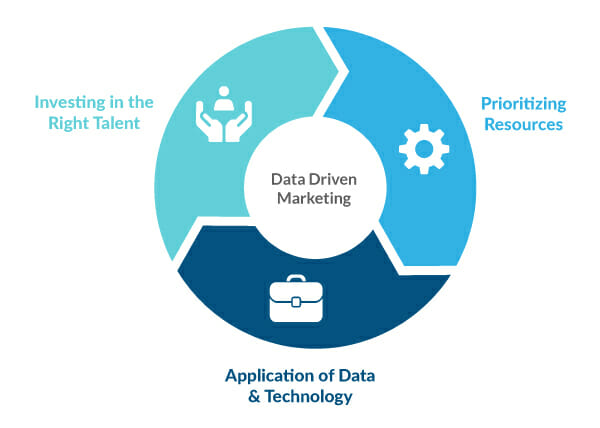[display-name-category]
[post_author]
Technology has changed the way that we experience everything. Devices have been incorporated into all areas of our lives. As the saying goes, “there’s an app for that.”
It’s an understatement to say that this has transformed the way that people come into contact with brands, how they purchase, and what factors influence those purchases.
Nowadays, we’re more aware that what gets people to purchase isn’t always about the quality of the product but the buying experience as a whole. As mentioned in a recent Microsoft release, “Today’s customers expect more than just relevance. They want seamless, non-disruptive experiences. They want highly personalized interactions that deliver tangible value.”
These personalized interactions mean a few things. For one, the right messaging is important. Ads need to speak to the customer, they want their life views to align with the businesses that they purchase. This creates a bond that leads to loyal purchasing. That said, what’s essential to business’s marketing efforts is placing this customized message in the right place at the right time so that it reaches interested users.
Data-Driven Marketing
Microsoft conducted a study of marketers and agencies to define a blueprint for success. They identified a group of “High Performers” to narrow down key aspects of creating better experiences for a market that is clearly demanding it.
Top-performing marketers–or Microsoft’s “High Performers”–have demonstrated a clear understanding of the buyer journey and improve marketing performance based on that understanding.
It sounds simple, but the truth is that to be able to execute this properly, a few different elements come into play.
Microsoft’s survey determined that the highest performing marketers were data-driven. Technology has leveled the playing field for businesses, allowing companies of all sizes and industries to have access to data that they can be processed into information.
It was narrowed down to three elements:

- Investing in the right talent: 86% of High Performers have a lead designated to oversee efforts to understand and market.
- Prioritizing resources: High Performers invest time and money in digital media and agencies. They recognize the value in partnerships as they accelerate their understanding of the customer journey. The right insights will give you insight into journey touchpoints that’ll form the strategies to drive revenue.
- Application of data & technology: 95% of High Performers are giving significant first-party access to their agencies to support data unification and extract more value out of the partnership. It doesn’t end at gathering data, but also in unifying it and sharing it with clients.
Data-driven marketing campaigns deliver a better understanding of consumer data, speeding time-to-market, and boosting ROI.
Benefits of Data-Driven Marketing
Gathering data generates greater visibility into the customer’s journey touchpoints. This helps marketers identify the opportunities for customers to engage with brands and develop the ideal communication. This will improve the experience for the customer as they will get more of the information that they are looking for at the right moment.
As we migrate from the funnel (linear customer journey) to the flywheel model, these benefits are valuable to succeed with this new model.
Funnel vs Flywheel

We all know what the funnel looks like, but what is the flywheel? Let’s review the basic differences.
This new model recognizes that the phases of the customer journey haven’t changed, but corrects the current relationship between each.
The funnel is becoming irrelevant because it focuses on a business product, not the customer. The flywheel considers present-day customer behavior. Behavioral data shows that customer engagement is seen across different channels and moments. The model is set to capture customers and retain them.
This new model considers:
- where you attract your customers
- Where you engage with users
- How you can attract them
- How you can keep them going in the flywheel so that energy isn’t lost
This optimized model understands that loyal customers feed the flywheel at different points through various channels. As you can imagine this new model requires a lot of data. Your business requires strategies that you understand your customers, what their input or touchpoints are, and when they happen.
Conclusion
So, how does one evaluate their PPC game? Gather and analyze data. Then, turn the relevant data into information to create relevant marketing campaigns that will connect with your ideal audience.





